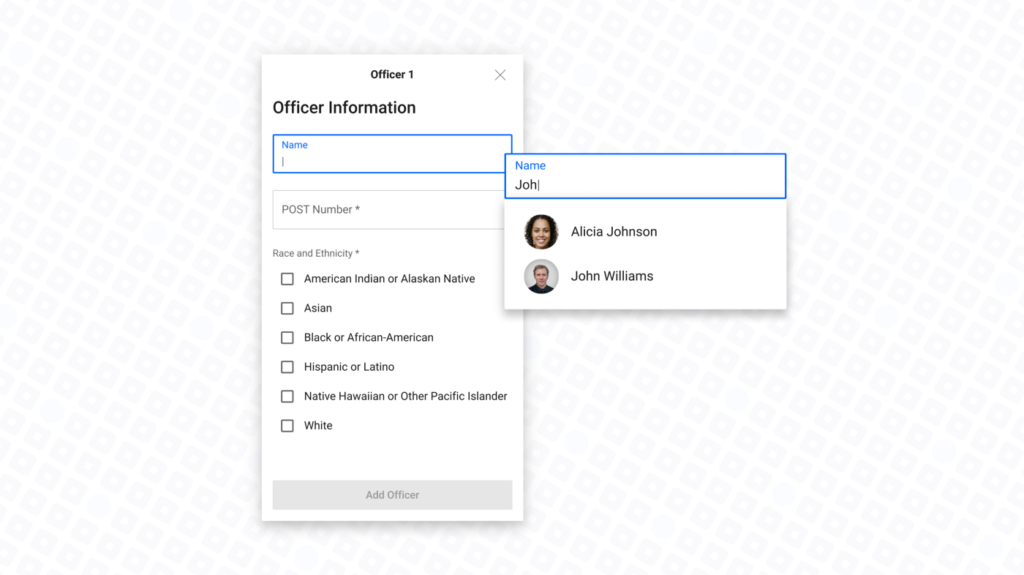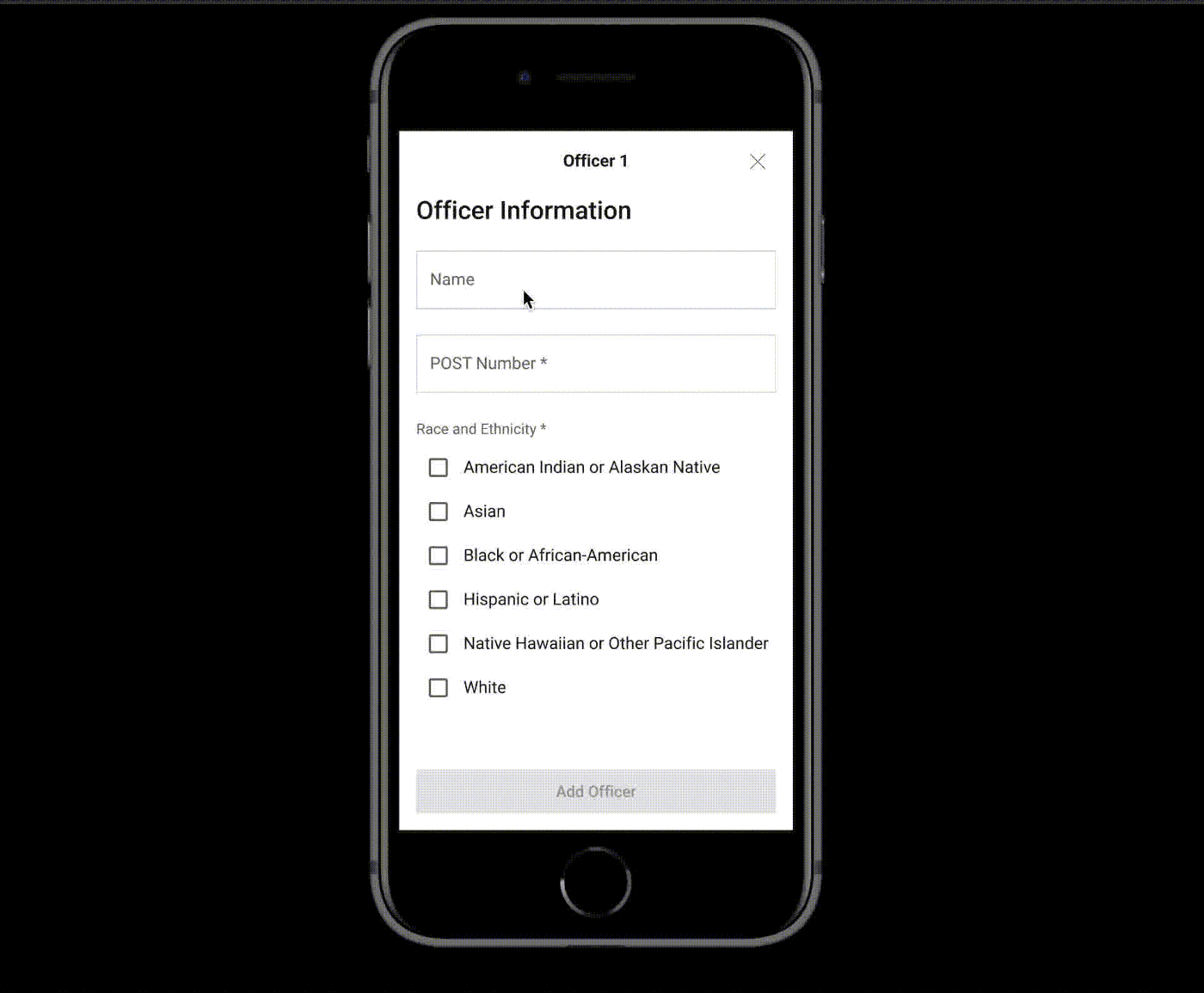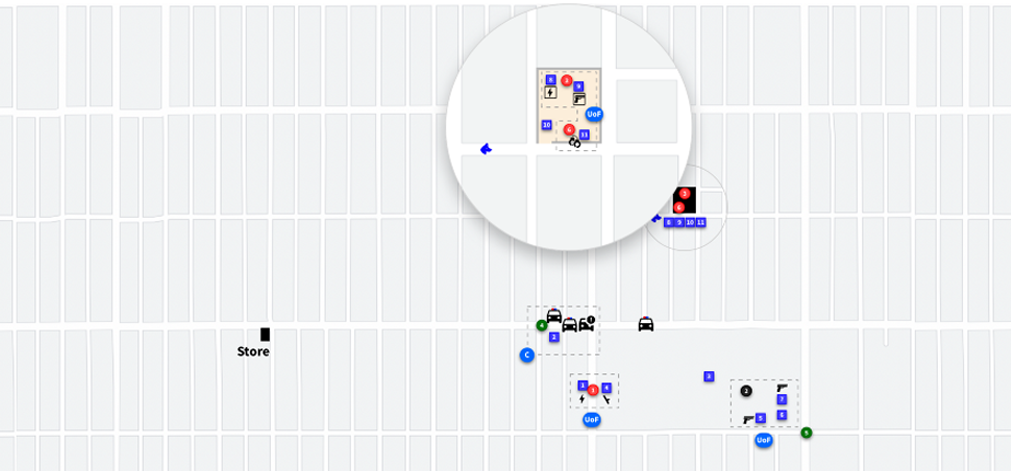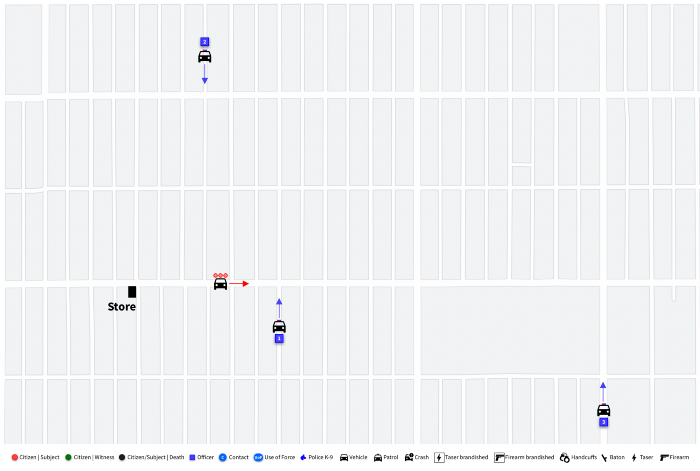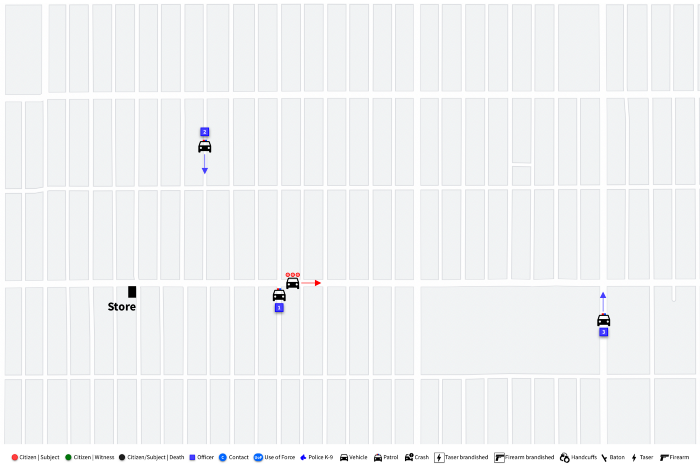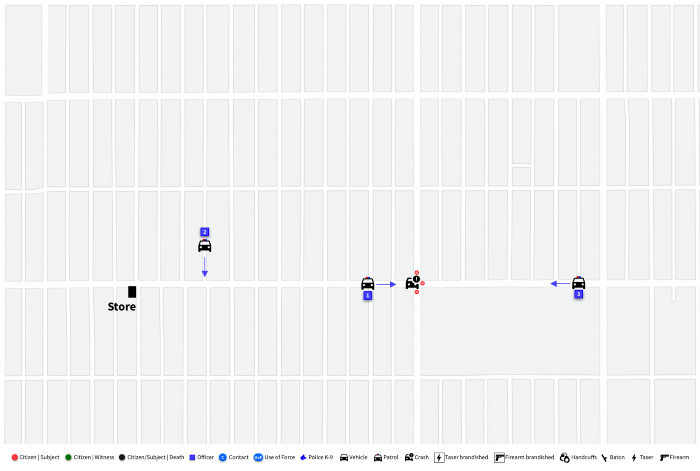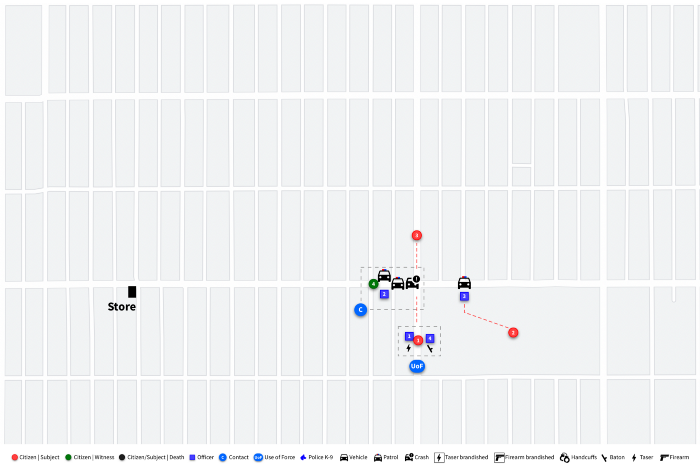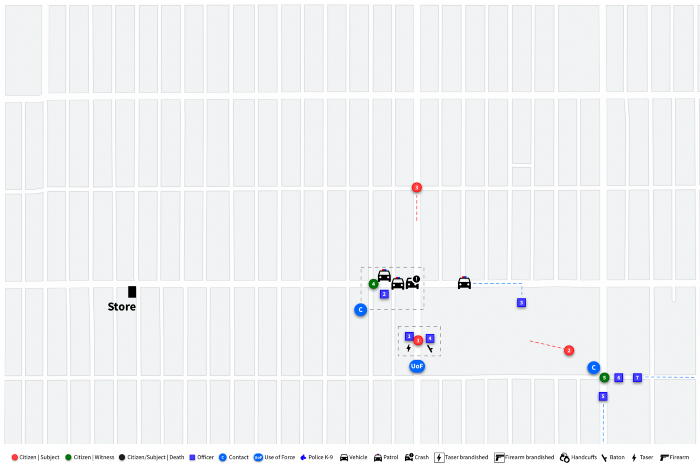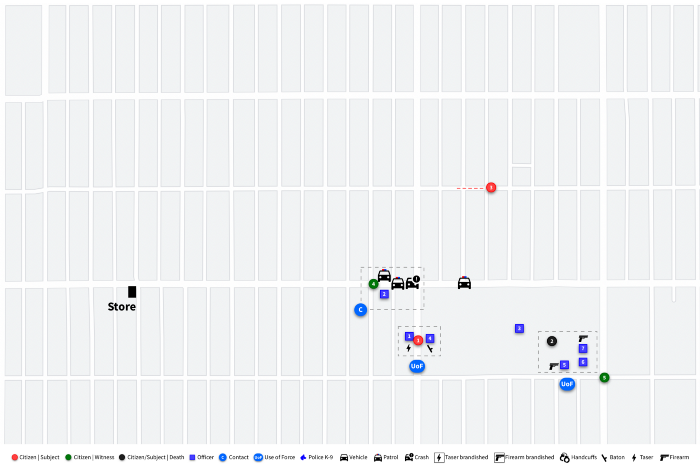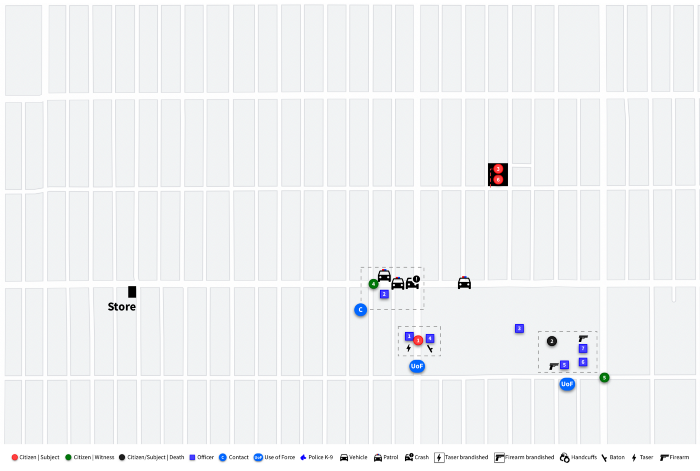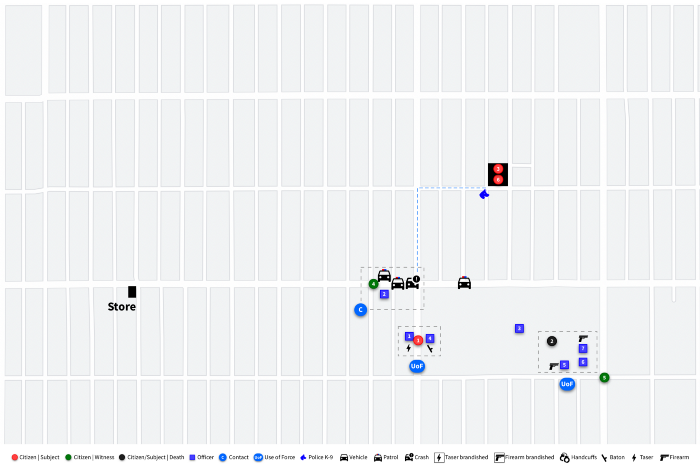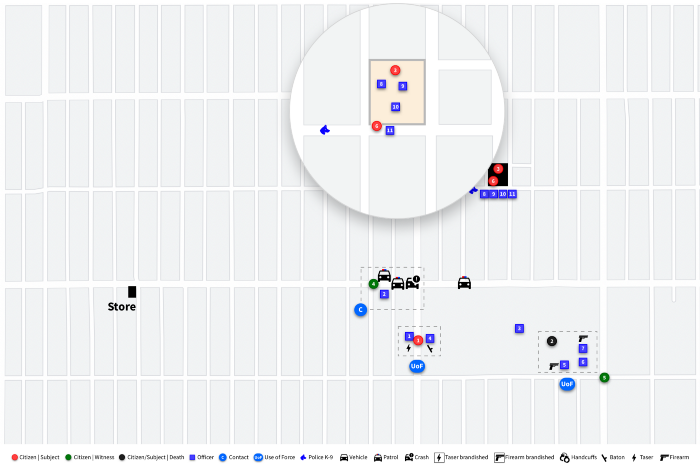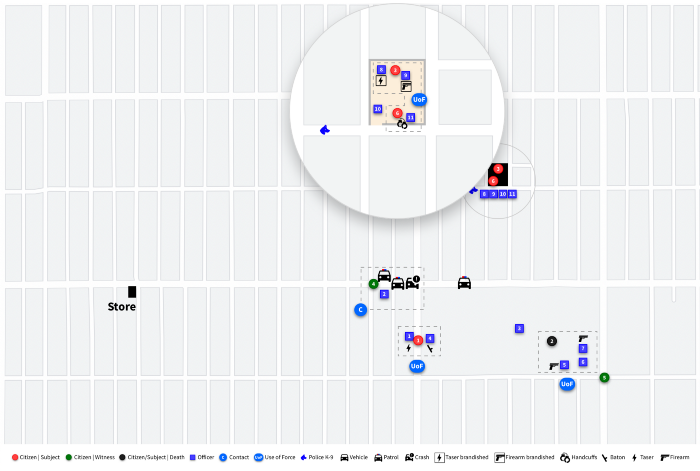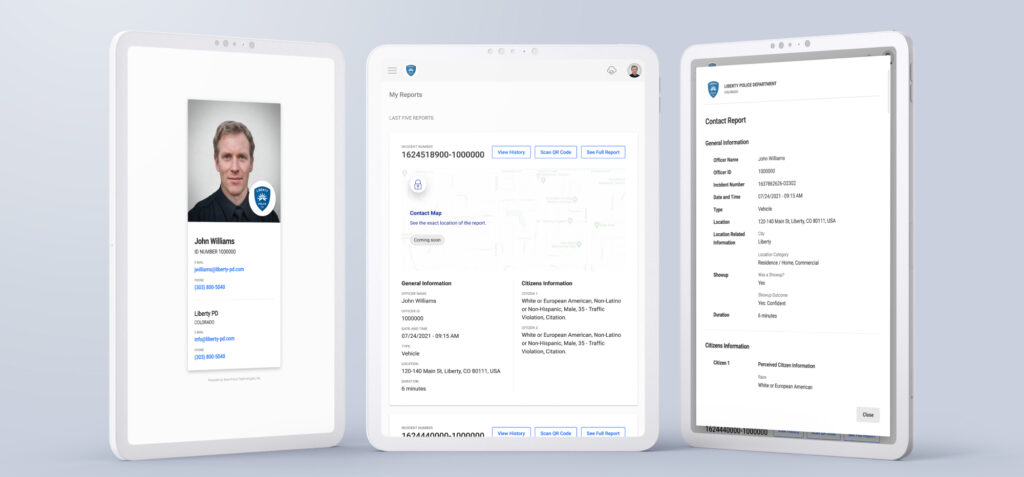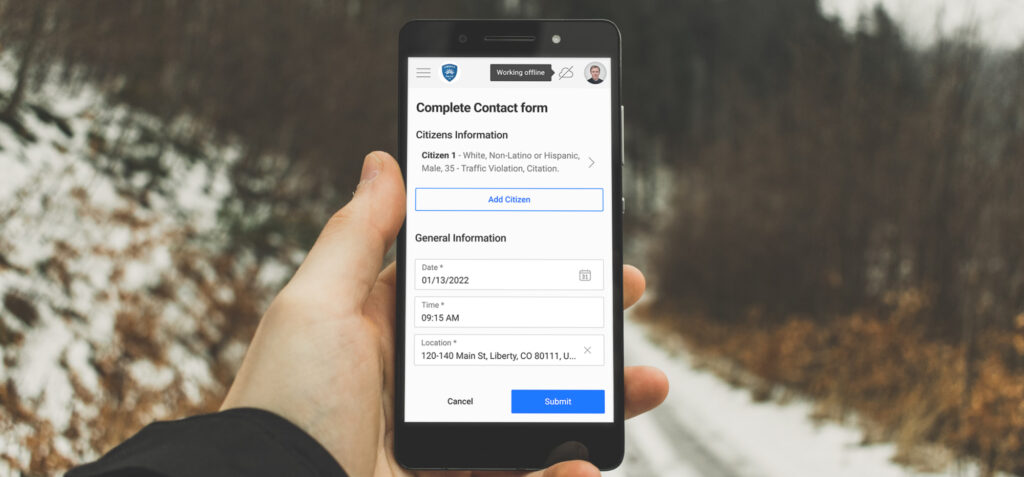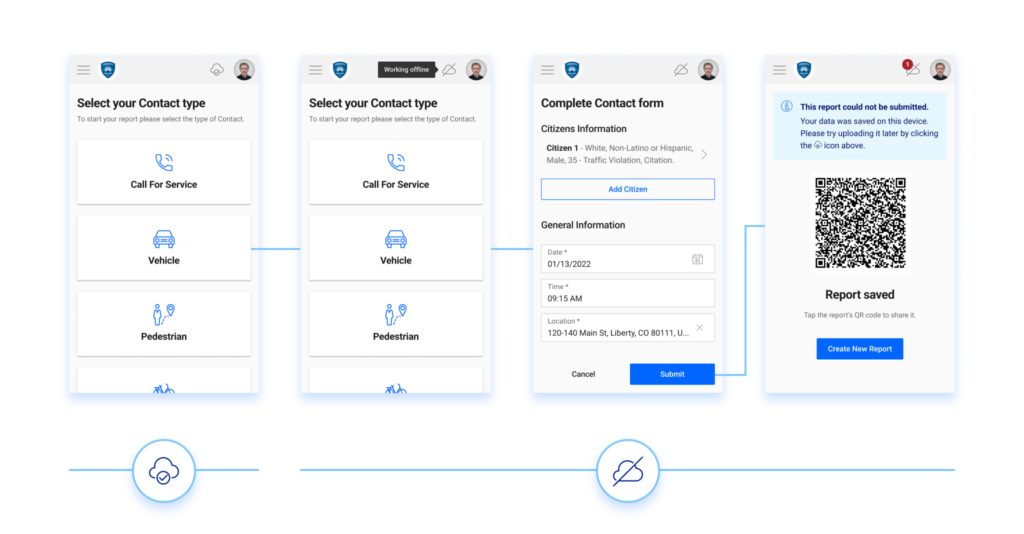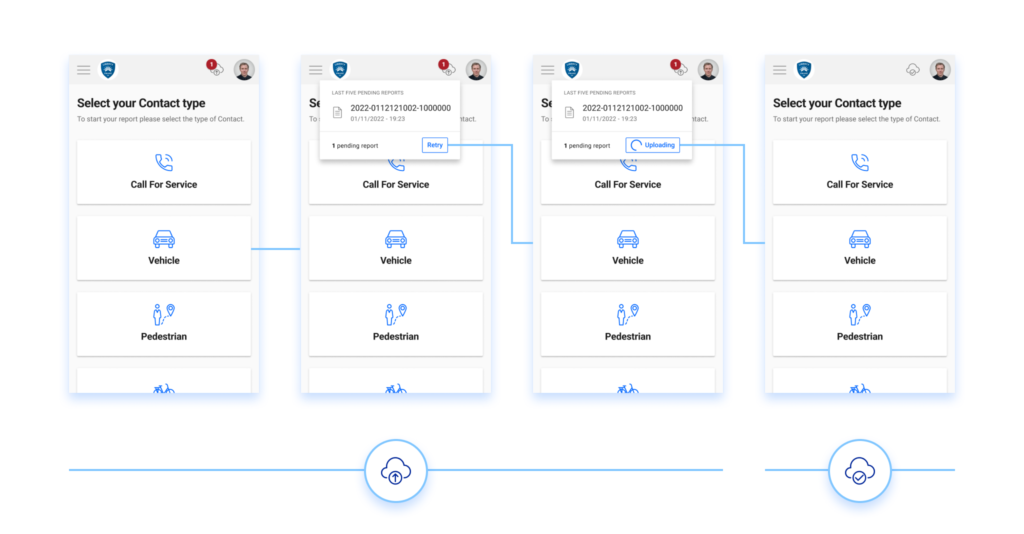Law enforcement agencies continuously seek ways to improve their practices and strengthen trust with the community. One innovative approach is to apply the concept of Key Performance Indicators (KPIs) to measure the effectiveness of stop-and-contact data policies. While KPIs are widely used in business to monitor performance, they have yet to be traditionally utilized in law enforcement. This blog will discuss how law enforcement agencies can leverage KPIs to evaluate their stop-and-contact policies and ultimately enhance their overall performance.
Understanding KPIs
A Key Performance Indicator (KPI) is a measurable value used to evaluate how effectively an organization is achieving its key objectives. KPIs are often used in various industries, including marketing, finance, and operations, to help organizations identify strengths, weaknesses, and areas for improvement. By adapting KPIs to law enforcement settings, agencies can effectively measure their performance and make data-driven decisions to optimize stop-and-contact policies.
Implementing KPIs in Law Enforcement
Below are ten KPIs that law enforcement agencies can use to assess the effectiveness of their stop-and-contact policies and identify areas for improvement:
Number of stops and contacts: Monitor the overall number of stops and contacts made by officers to assess the frequency and effectiveness of these interactions.
Demographic breakdown of stops and contacts: Analyze the demographic data of individuals stopped or contacted to identify potential disparities or biases in police practices.
Reasonable suspicion/probable cause accuracy: Measure the percentage of stops and contacts based on reasonable suspicion or probable cause and resulted in actionable outcomes (e.g., arrests, citations, or searches). This can help evaluate the accuracy of officers’ judgments in initiating stops and contacts.
Officer compliance rate: Track the percentage of stops and contacts conducted in accordance with department policy and guidelines, reflecting officer adherence to established protocols.
Use of force incidents during stops and contacts: Monitor the number and proportion of stops and contacts that involve the use of force to ensure that force is being used appropriately and within department guidelines.
De-escalation techniques and outcomes: Assess the frequency and effectiveness of de-escalation techniques used during stops and contacts, their impact on reducing conflict, and the need for force.
Community satisfaction and trust: Measure community satisfaction with police interactions and overall trust in the police department through surveys, feedback forums, and other engagement initiatives.
Officer training completion rates: Monitor the percentage of officers who have completed the required training on the stop-and-contact policy, as well as any additional training on legal and ethical principles, cultural competency, and effective communication skills.
Complaints and misconduct incidents: Track the number of complaints and misconduct incidents related to stops and contacts in these cases to gauge accountability and transparency within the department.
Collaborative partnerships: Measure the number of partnerships with external organizations, such as social service agencies and community groups, to assess the extent of collaboration in addressing the root causes of crime and developing holistic solutions.
These KPIs can provide valuable insights into various aspects of police performance, from officer adherence to policy guidelines to the impact of stops and contacts on community trust. By regularly monitoring and analyzing these indicators, law enforcement agencies can support the continuous refinement of their policies and ensure alignment with 21st-century policing principles.
Adopting KPIs in law enforcement settings represents a significant opportunity for agencies to enhance their stop-and-contact policies and strengthen community relations. By utilizing these performance indicators, police command staff can make data-driven decisions to improve practices, increase transparency, and foster trust with the public. As law enforcement agencies evolve and adapt to the changing landscape, incorporating KPIs into performance management will be essential in advancing 21st-century policing principles.


